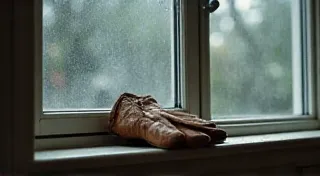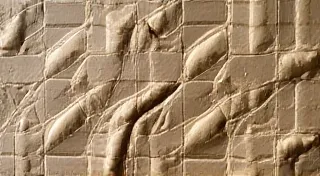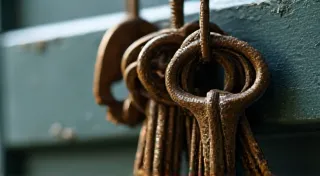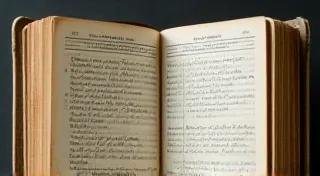Echoes in Metal: The Significance of Hardware and Closures
There’s a certain magic in holding a vintage coin purse. It’s more than just a small pouch; it’s a tangible link to a past era, a miniature capsule of design and craftsmanship. While the fabrics, patterns, and overall shape certainly contribute to its charm, it’s often the seemingly small details – the hardware and closures – that truly elevate a coin purse from merely functional to utterly captivating. These elements aren't just mechanisms; they’re echoes of a time when attention to detail was paramount, when artistry was interwoven with utility, and when even the smallest accessory felt special.
I remember the first truly exceptional vintage coin purse I ever found. It wasn’t the elaborate beading or the unusual fabric that caught my eye, but the clasp. It was a tiny, ornate swing clasp made of what I later learned was Sheffield plate – a form of silver plating on copper. The detailing was exquisite: delicate floral motifs, tiny scrolls, and a weight that spoke of quality. Holding it in my hand, I felt a profound connection to the person who had likely used it decades before, a silent conversation across time facilitated by this small, beautifully crafted piece of hardware.
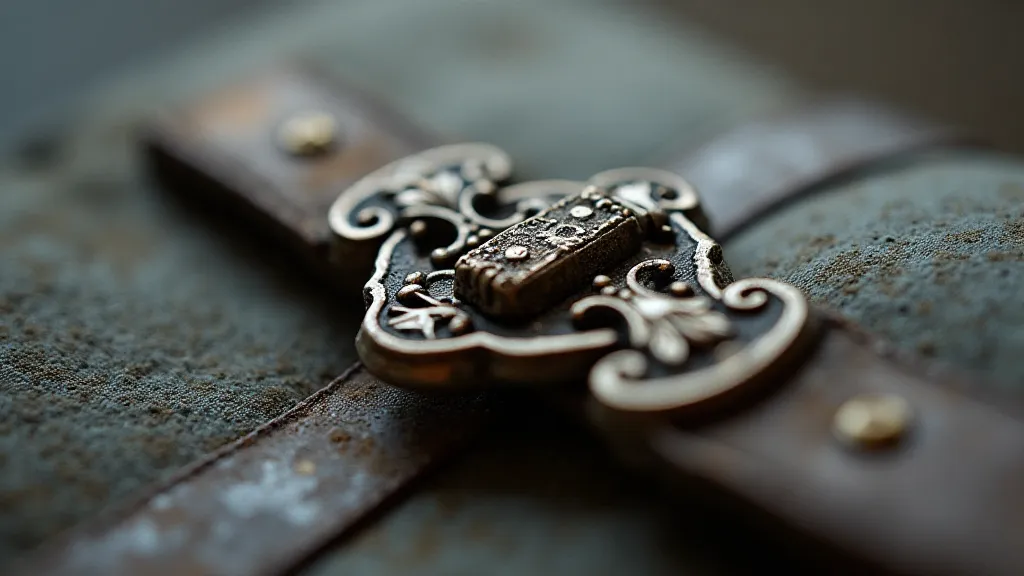
The Language of Clasps: Swing, Kiss, and Snap
The variety of closures used on vintage coin purses is a fascinating study in itself. Swing clasps, like the one I described earlier, were incredibly popular, particularly in the Victorian and Edwardian eras. Their rhythmic click and satisfying feel were as much a part of the experience as the secure closure they provided. "Kiss" clasps, characterized by their two interlocking parts that gently press together, were often favored for their elegance and subtle appeal. Then there were the simple, yet dependable, snap closures, a staple throughout much of the 20th century, often found on more utilitarian or travel-friendly purses.
Consider the materials used. Early swing clasps were frequently made of sterling silver, Sheffield plate, or base metals like brass and bronze. The quality of the metal directly influenced the perceived value and longevity of the coin purse. Base metal clasps, while often gilded or coated to resemble silver, would tarnish over time, a visual testament to their humble origins. The wear patterns on these clasps – the slight looseness of a hinge, the softened edges – tell their own story of decades of use and careful handling. These imperfections aren’t flaws; they are marks of history, adding character and depth to the piece.
Beyond Function: The Decorative Element
But the hardware wasn’t just about function; it was often an integral part of the design. Elaborate engravings, chased patterns, and even applied decorative elements like enamel or gemstones were commonly incorporated into clasps and other hardware. Imagine a coin purse with a clasp adorned with tiny seed pearls or a delicate filigree design. These details elevated the coin purse from a simple accessory to a miniature work of art. The craftsmanship involved was truly remarkable – a testament to the pride and skill of the artisans who created them.
The style of the hardware often mirrored the overall design aesthetic of the coin purse and the era in which it was made. Art Nouveau coin purses, for example, frequently featured flowing, organic shapes in their clasps, echoing the movement's emphasis on natural forms. Art Deco purses, conversely, might sport geometric, streamlined hardware, reflecting the era’s modernist sensibilities. Paying attention to these details can provide valuable insights into the history and provenance of a coin purse.
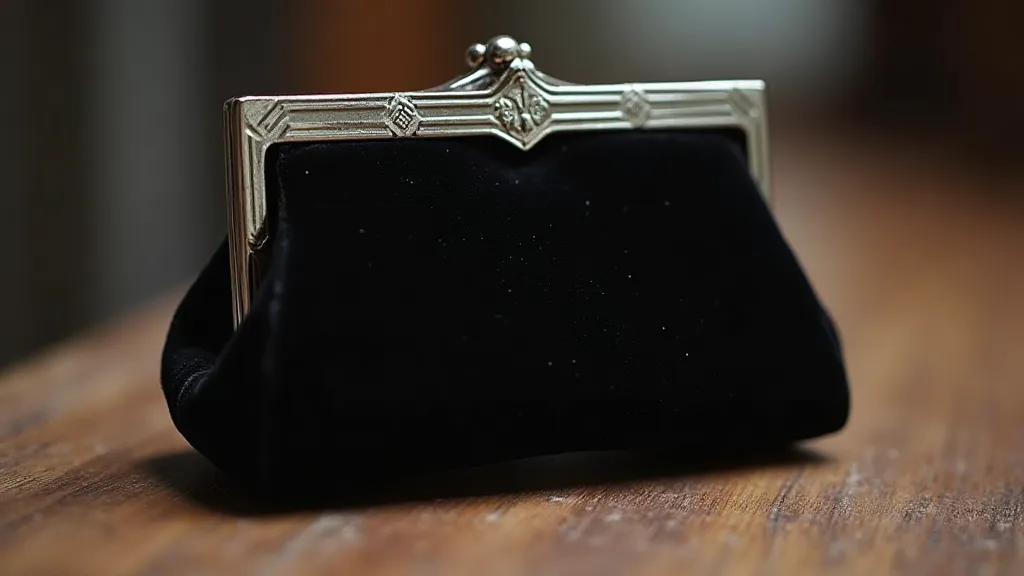
Hinges and Frames: The Guardians of Delicate Fabrics
Many vintage coin purses, particularly those made from delicate fabrics like silk or velvet, utilized frames to provide structure and support. These frames weren’t just functional; they were often beautifully crafted, featuring intricate hinges and decorative elements. The quality of the hinges was crucial to the purse’s durability – flimsy hinges would quickly fail, rendering the purse unusable. Solid brass or silver hinges were a sign of quality craftsmanship.
Restoring a coin purse with damaged hardware can be a delicate process. Simply replacing the hardware isn’t always the best solution; it can often detract from the authenticity and character of the piece. If possible, preserving the original hardware, even in a slightly damaged condition, is often preferable. A skilled conservator might be able to repair a damaged hinge or reinforce a weakened clasp, extending the life of the coin purse without compromising its historical integrity.
The Collector’s Eye: Recognizing Quality and Authenticity
For the discerning collector, the hardware and closures on a vintage coin purse are a key indicator of quality and authenticity. Hallmarks on silver clasps, the type of metal used, the precision of the hinges – all these details can provide clues about the purse’s origin and value. A keen eye for detail and a willingness to learn about the history of hardware design can significantly enhance the collecting experience.
Furthermore, the condition of the hardware can reveal a great deal about the purse’s history. Heavily tarnished metal might indicate that the purse has been stored improperly. Loose hinges or a broken clasp could suggest that the purse has been subjected to rough handling. While these signs of wear and tear don't necessarily diminish the purse's value, they can provide valuable insights into its past.
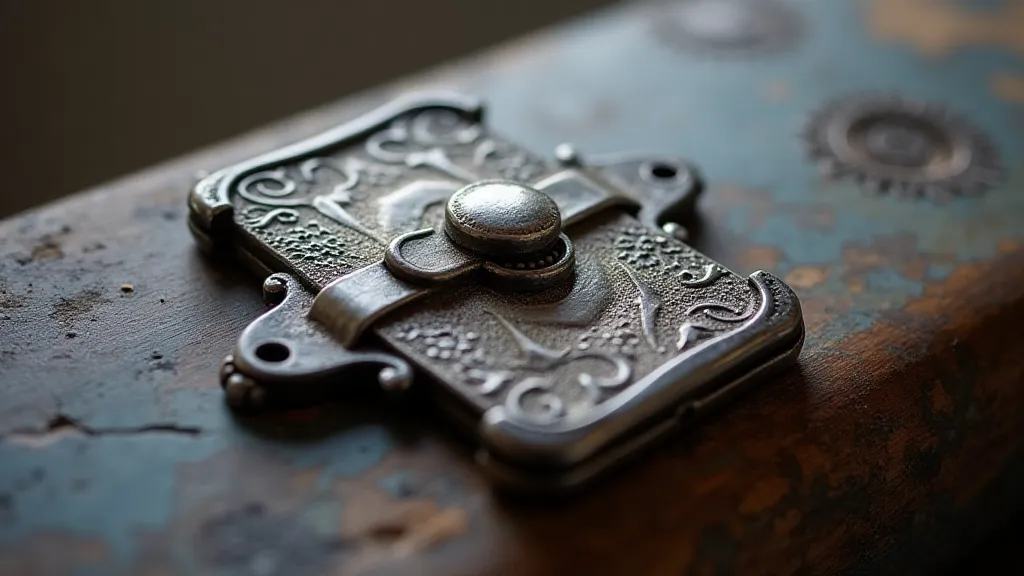
A Timeless Legacy
Ultimately, the hardware and closures on vintage coin purses are more than just mechanisms; they are echoes of a bygone era, testaments to the artistry and craftsmanship of the past. They are silent storytellers, whispering tales of elegance, functionality, and enduring beauty. Appreciating these small details allows us to connect with the history of these treasured objects and to understand the enduring appeal of vintage accessories. As collectors, we’re not just preserving objects; we’re preserving a legacy—a tangible link to the past, carefully held within the clasp of a beautifully crafted coin purse.
